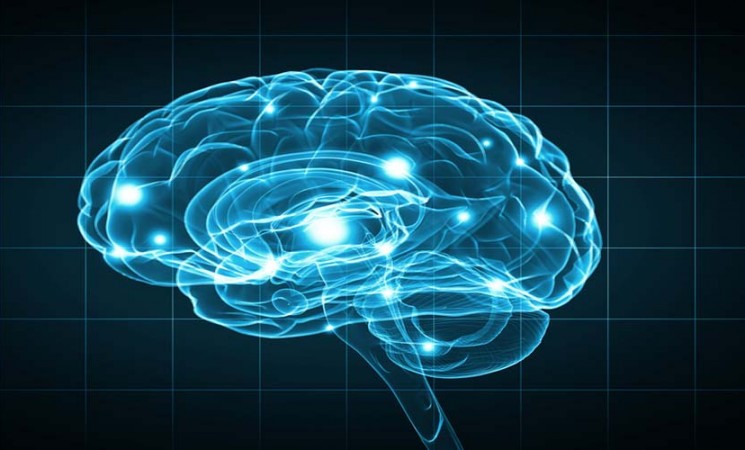Archived Content
This page is archived and provided for historical reference. The content is no longer being updated, and some of the information may have changed over time and could be outdated or inaccurate.

Danielle S. Bassett, Ph.D.
Department of Bioengineering, University of Pennsylvania
Thursday, May 5, 2016
ABSTRACT
Cognitive function is driven by dynamic interactions between large-scale neural circuits or networks, enabling behavior. Fundamental principles constraining these dynamic network processes have remained elusive. I will discuss a recent application of network control theory to human neuroimaging data that provides new insights into the structural network mechanisms of human brain function. Using diffusion spectrum imaging data, we build a structural brain network with 234 nodes (brain regions) connected by weighted edges (number of white matter streamlines linking brain regions). We employ a simplified noise-free linear discrete-time and time-invariant network model of neural dynamics in which the state of brain regions depends on the connectivity between them. We interrogate this model to determine the role of brain regions in different control strategies. Our results suggest that densely connected areas, particularly in the default mode system, facilitate the movement of the brain to many easily-reachable states. Weakly connected areas, particularly in cognitive control systems, facilitate the movement of the brain to difficult-to-reach states. Areas located on the boundary between network communities, particularly in attentional control systems, facilitate the integration or segregation of diverse cognitive systems. As a whole, this body of work suggests that structural network differences between the default mode, cognitive control, and attentional control systems dictate their distinct roles in controlling brain network function. More generally, our results support the view that macroscale structural design underlies basic cognitive control processes via the fundamental mechanism of network controllability.








